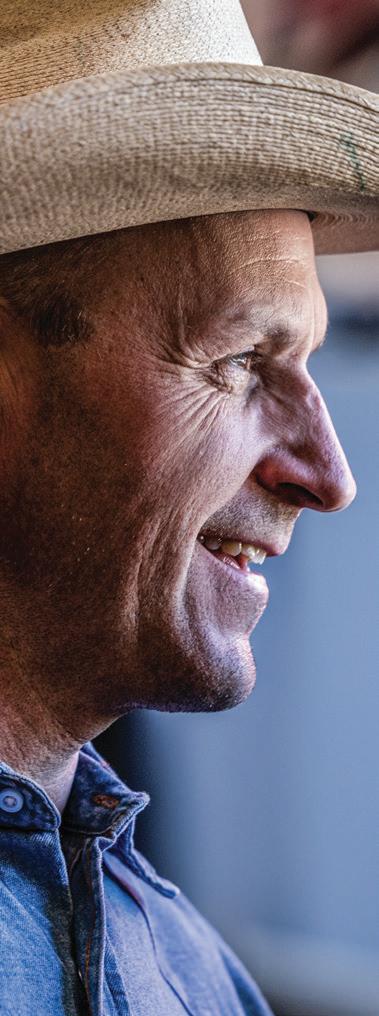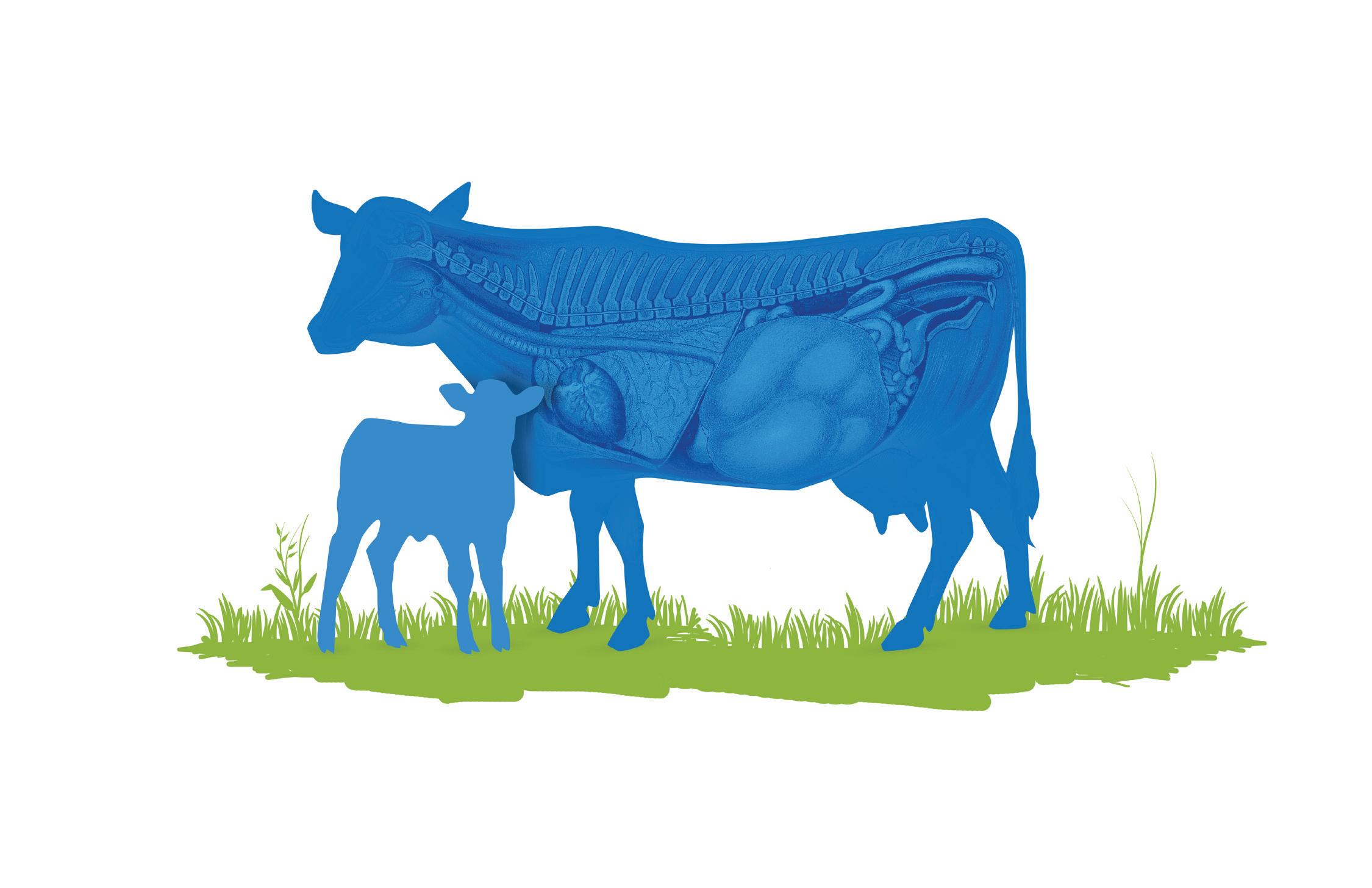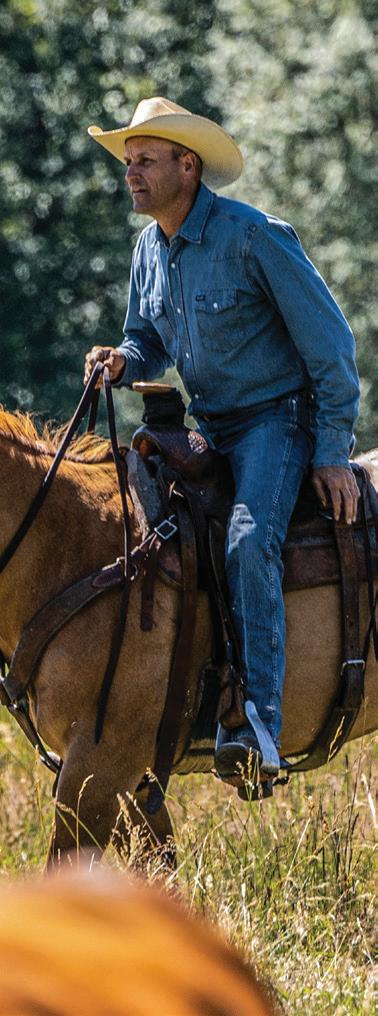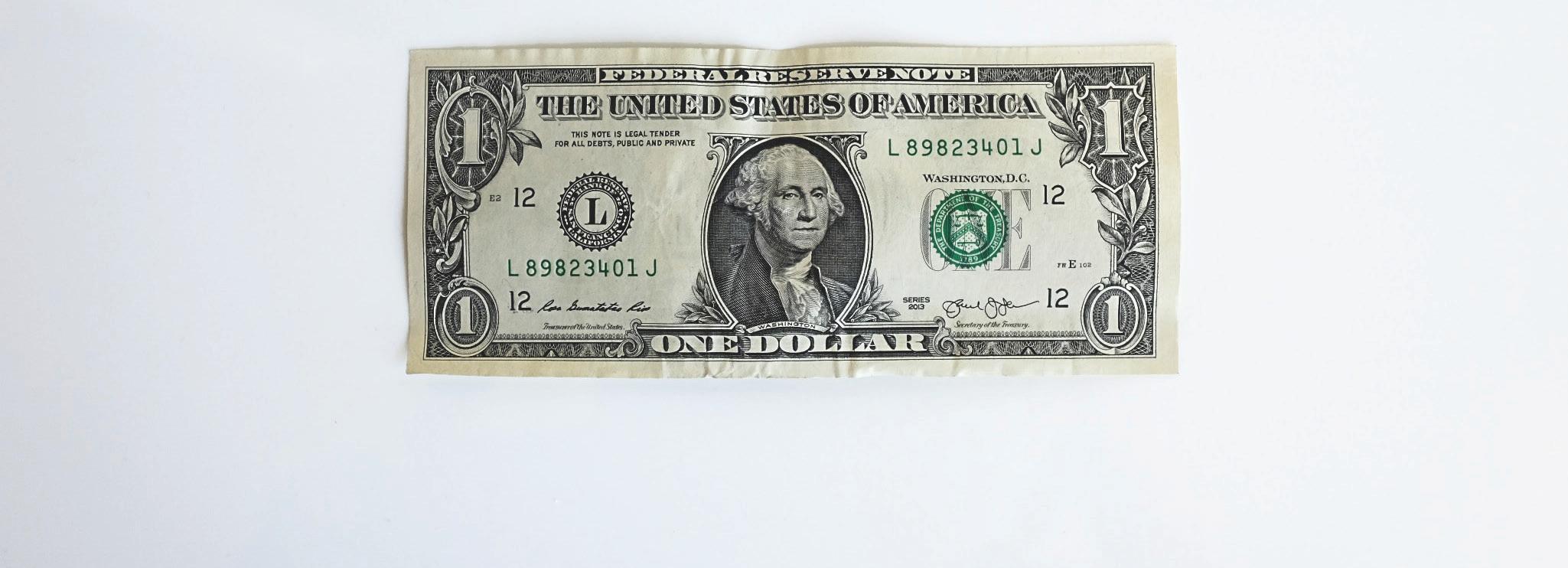
4 minute read
Your Dollar Does
A look at driving demand for beef through the $1 national beef checkoff
CONTRIBUTED BY THE CATTLEMEN’S BEEF BOARD
Advertisement
For a variety of reasons, consumer beef demand plummeted in the U.S. in the 1970s and ‘80s, prompting a group of cattle producers from across the country to look for a way to address the industry’s problems, and to highlight beef’s strengths as the protein of choice. That grassroots group sought feedback from fellow producers, and what they heard was the desire for a strong state beef council bolstered by widespread national support. Their efforts led to the creation of the National Beef Checkoff, part of the 1985 Farm Bill. When the referendum was put to the vote, it passed with an impressive 79% of producer support.
Checkoff 101
The Checkoff was designed with one fundamental goal in mind – to drive demand for beef. The Beef Checkoff invests in programs – promotion, research, industry information, consumer information, foreign marketing, and producer communications – with the sole aim at influencing consumer sentiment towards beef and driving beef demand domestically and abroad. The Beef Checkoff dollars cannot – by law – be used for lobbying or to influence government policy in the beef industry. In addition, the Checkoff does not own cattle, packing plants or retail outlets. It cannot control beef or cattle prices, singlehandedly turn around a bad market, or lead individual producer profitability. The Beef Checkoff brings in nearly $80 million annually to support these promotion and research projects on a national and state level. Half of that money is invested at home in the state where the animal was sold.
Perfect Partnership
Producers wanted a program they could be a part of at both the state and national levels, and that’s what they got—a program focusing wholly on beef promotion, research, and education. This state/national partnership manifests through the Cattlemen’s Beef Board (CBB), our stewards of the Checkoff.
The CBB is comprised of 101 U.S. beef, dairy, and veal producers, and a handful of importers, a group that also pays into the program.
Cow-calf producers hold the largest percentage of seats making up approximately 60% of the Beef Board. These producers and importers are representatives of the entire U.S. cattle industry.
Currently, Idaho has two seats on the CBB board and is poised to gain a third seat in 2024. This representation ensures Idaho’s voice and perspective are reflected in national programming. This state/national partnership is a key strength, and what makes the Beef Checkoff valuable to Idaho producers.
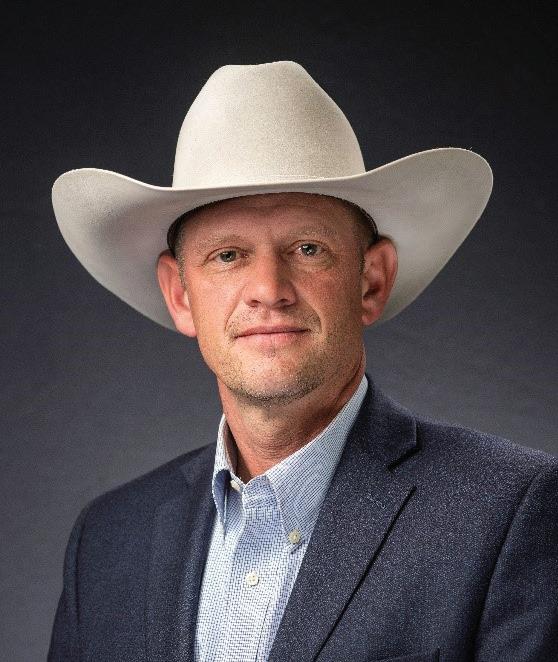

Trish Dowton of Ellis, ID currently holds one of those Beef Board seats. Dowton and her husband, Stan, have owned the Dowton 3X Ranch, a cow-calf operation, since 1992. Dowton sits on the Consumer Trust Committee and the Beef Promotion Operating Committee. The Beef Promotion Operating Committee is responsible for developing the annual budget, which must be approved by the full Beef Board and USDA, for developing plans and programs in the areas of promotion, research, consumer information, industry information, foreign marketing and producer communications. Having an Idaho voice in making decisions on where checkoff funds are invested is very important. Tucker Shaw of Caldwell, ID currently holds the second Idaho seat. Shaw is a third generation Idaho rancher and runs a registered Angus, Hereford and Red Angus ranch with his father and brother. Shaw sits on the International Marketing Committee.
Program Highlights
As a result of each state’s 50-cent contribution to the national Beef Checkoff, the CBB is able to make the most of producers’ dollars to keep beef at the center of the plate both in Idaho and nationally.
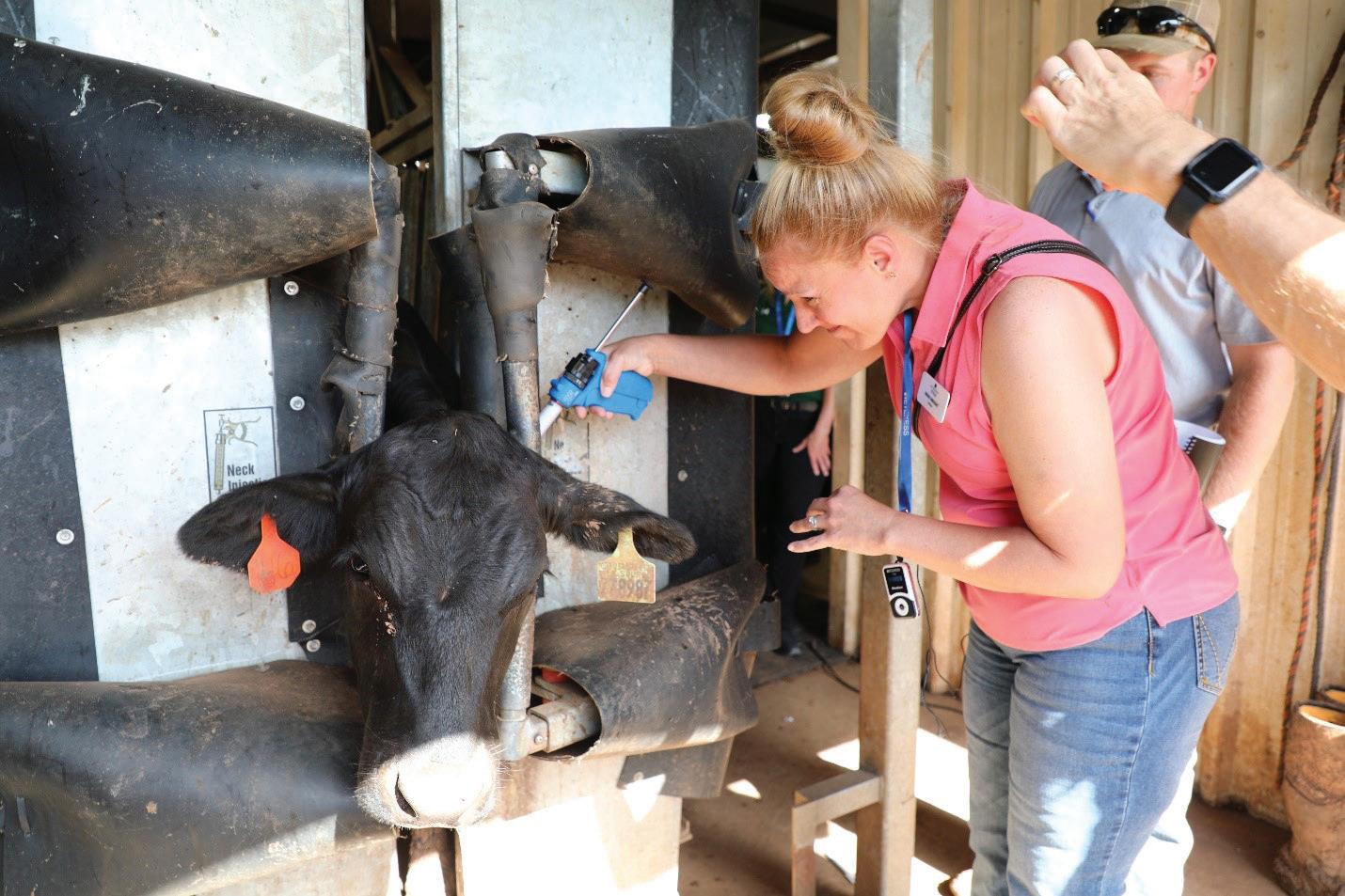
One example of this effort is through the program managed by Checkoff contractor, Northeast Beef Promotion Initiative (NEBPI). In Idaho, there are more cattle than people, whereas in the Northeast region, people outnumber cattle 15-to-one. As a result, it’s necessary to use our Idaho Checkoff dollars to drive demand for beef in a region of the U.S. that contains approximately 25% of the population of the U.S. One way they’re doing this is through a partnership with Seton Hall University to convey positive beef messaging and content to Seton Hall fans and students alike. This partnership reached more than 1.5 million consumers through social media and in-person advertising in 2022 alone.

Another contractor working on behalf of the Beef Checkoff is The American Farm Bureau Foundation for Agriculture (AFBFA).
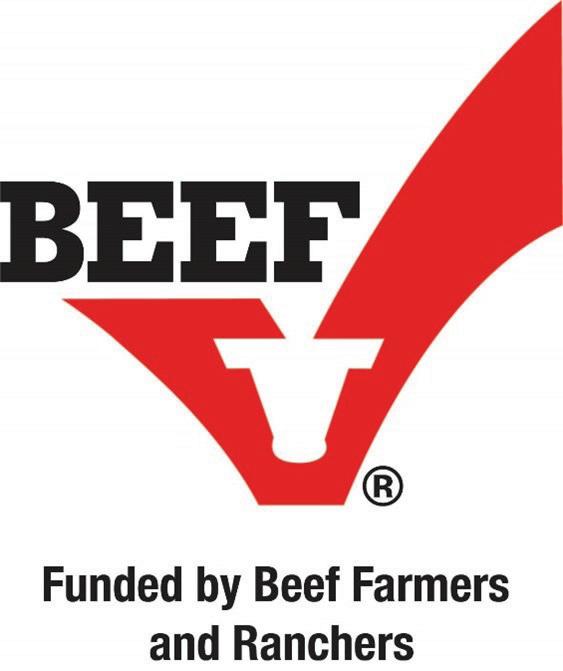
AFBFA has created an annual immersion event, called “On The Farm STEM”, which is designed to bring educators to real farms and bring together teachers and administrators from seven different states. The program is designed to equip educators with free lessons, activities, online learning tools, and professional development events that they can take back to their population-dense school districts to introduce students to agriculture. Dowton shared, “I have been very impressed by what AFBFA has been able to accomplish with their efforts to bring agriculture into classrooms in urban areas with STEM focus. They really are making a difference by partnering with educators in these larger cities and helping students understand food systems and production agriculture”. Combined, the educators who participated serve student populations of just over 70,000 students.
An additional Beef Checkoff program that has yielded impressive results is the U.S. Meat Export Federation (USMEF). Shaw explained, “USMEF promotes beef in more than 80 countries. In 2022 beef export sales were nearly 12 billion dollars-a recordwhich equals to $448 per head of cattle harvested in 2022”. This was an increase of 13% from 2018 and is a direct result of USMEFs work to market undesirable cuts of meat to foreign markets. “USMEF our delicious and nutritious product to consumers around the world” Shaw explains. USMEF continues to target global markets for beef promotion. By investing Beef Checkoff dollars in these projects, dollars are spent more efficiently and effectively. Every decision about investing Checkoff dollars into beef promotion, research, education, in- formation, and foreign-market development is directly tied to the Beef Industry Long Range Plan. It truly is a partnership between cattle producers and the producer-run Beef Checkoff that ultimately drives consumer demand for beef. For additional information on the National Beef Checkoff visit YourDollarDoes.com.
